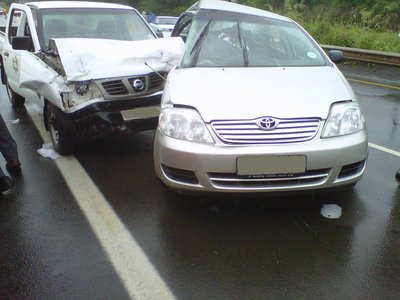 Fault liability is the type of liability in which the plaintiff must prove that the defendant's conduct was either negligent or intentional.¹ Fault liability, along with strict liability, is a theory of tort law.² Essentially, strict liability does not take into account intention.² An example of an instance where fault liability is applicable would be in a car accident. Although normally car accidents do not occur out of malice, the perpetrating party is liable regardless.
Fault liability is the type of liability in which the plaintiff must prove that the defendant's conduct was either negligent or intentional.¹ Fault liability, along with strict liability, is a theory of tort law.² Essentially, strict liability does not take into account intention.² An example of an instance where fault liability is applicable would be in a car accident. Although normally car accidents do not occur out of malice, the perpetrating party is liable regardless.
An example of strict liability is the following from the Stanford Encyclopedia of Philosophy²:
Suppose I make a mess on my property and present you with the bill for cleaning it up. Absent some prior agreement, this would seem rather odd. It is my mess, after all, not yours. Now suppose that instead of making a mess on my property and presenting you with the bill, I simply move the mess to your property and walk away, claiming that the mess is your problem. If it was inappropriate of me to present you with the bill for the mess I made on my property, it hardly seems that I have improved matters by placing my mess on your property. I have a duty to clean up my messes and the existence of this duty does not appear to depend on how hard I have tried not to make a mess in the first place. This is the underlying intuition expressed by the rule of strict liability.
Image source:
Resources:
1. Oxford Reference. Fault Liability. Retrieved May 13, 2014, from http://www.oxfordreference.com/view/10.1093/oi/authority.20110803095812106
2. Stanford Encyclopedia of Philosophy. Theories of Tort Law. Retrieved May 13, 2014, from http://plato.stanford.edu/entries/tort-theories/#DifBetStrLiaFauLia
© BrainMass Inc. brainmass.com July 26, 2024, 8:31 pm ad1c9bdddf